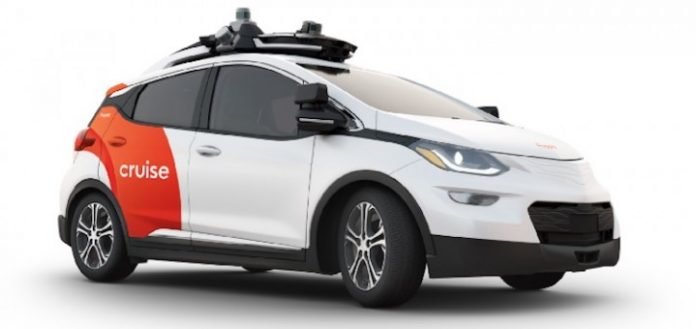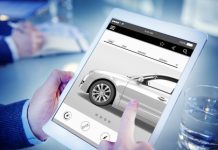
Meet the Cruise Origin. A recent GM Cruise unit unveiling offered this autonomous prototype vehicle as not only a new spec model but as an intended method for ride-share service. You’ve seen automakers attempt to explore self-driving cars before, but this one may have more of a chance of coming to fruition. We ventured beyond this recent headline on two fronts. First, we had to dive in and learn more about the self-driving Cruise Origin and announcement itself. Secondly, we wondered how autonomous vehicles and tapping into the ride-share economic sector would impact franchise dealerships. You may be wondering too.
The Recent Cruise Announcement
General Motors’ Cruise unit unveiled its prototype, the Cruise Origin, in San Francisco last week. It was developed with the help of Honda Motor Co Ltd. As part of the announcement, Cruise’s CEO, Dan Ammann, said the totally electric vehicle would be used for the company’s own ride-share service. Although, he didn’t say when this autonomous ride-share service would launch officially, as a direct competitor to the popular Uber and Lyft services. As of last July, it delayed its plans for commercial robo-taxi, originally intended to launch at the end of last year.
For now, Cruise does offer ride-sharing for its internal employees in San Francisco with autonomous cars. Of course, those services require actual safety drivers behind the wheel to monitor. Ammann went on to say in his recent announcement that he was still working with the National Highway Traffic & Safety Administration regarding waivers for autonomous vehicle road deployment. He also said that it’s a “fully engineered vehicle that’s on its way to production.” Cruise anticipates this self-driving ride-share program will ultimately be cheaper than conventional services and taxis, as well.
About the Cruise Origin Prototype
The prototype itself looks like a large SUV, with hints of Jetson’s flare. It features two sliding doors on either side. There is no steering wheel and no need for pedals. Passenger seats inside will face each other and seat six. The Wall Street Journal likens the vehicle to a toaster. Is that design by chance we wonder, or is it intended to evoke a ‘pop in/pop out’ experience?
Regulations & Public Engagement
This electric ride-share-mobile is designed to function entirely without human-to-vehicle interaction. But, before these types of vehicles can be allowed on the roads, without steering wheels or human monitors, the developers first have to pass legislation for regulation and standards. From what we can tell, Cruise still needs to secure California permits for self-driving car testing, as an example. A bill stalled in Congress last year, but another bill is being drafted by lawmakers currently, to request deployment and testing of totally autonomous rides. Due to the lack of urgency on the part of regulators, automakers are slow to get proper approvals and permits in place to continue. As a result, one attorney, Paul Hemmersbaugh, with DLA Piper, a firm specializing in autonomous vehicle regulation, told the Wall Street Journal that some automakers are putting a hold on vehicles without steering wheels. Instead, opting to equip existing models with supplemental autonomous systems.
So, as a dealership, what changes can you expect with autonomous ride-share services and potential for standard models being redesigned to include self-driving features? Stay tuned for Part 2. We dove deeper to learn more about the potential implications and anticipated changes at the franchise dealer level.












